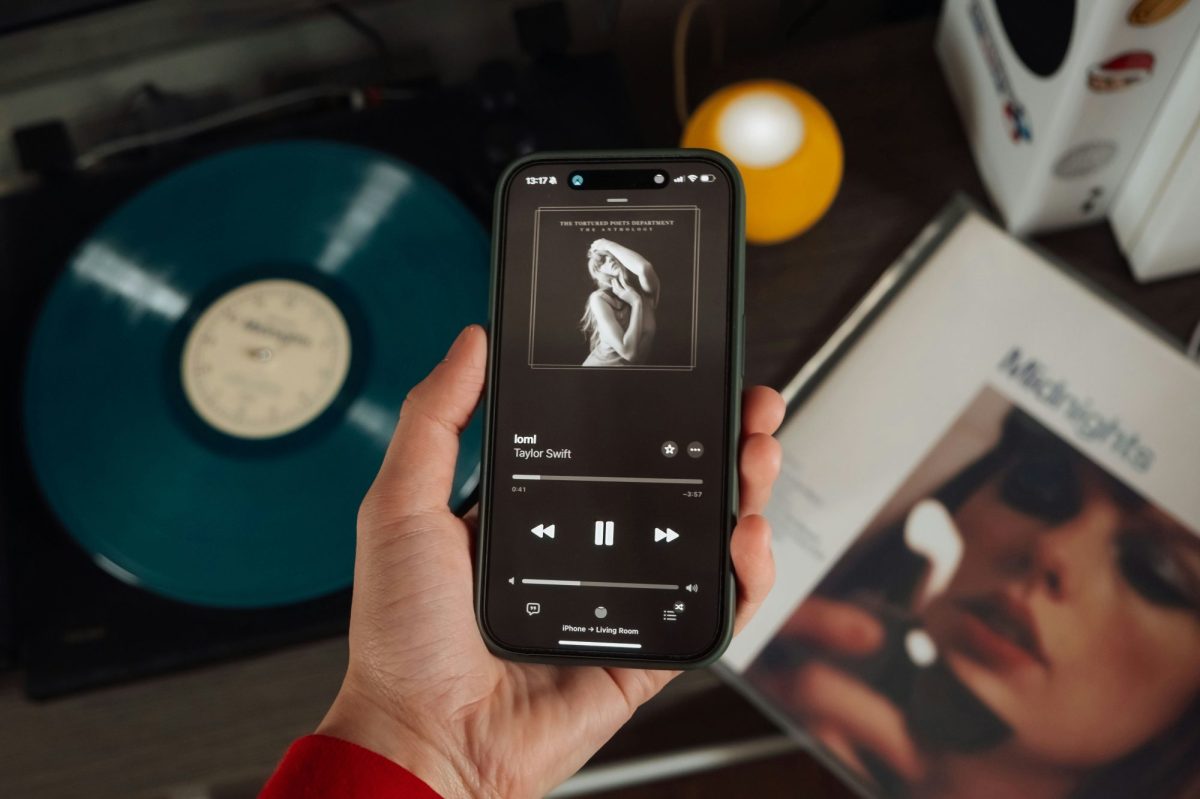In 2025, global pop tours are drawing unprecedented crowds – and cash – across Australia. Taylor Swift’s Eras Tour made headlines for its economic impact, but she’s far from the only one. Ed Sheeran and Billie Eilish have also drawn massive audiences in recent years, fuelling a live music boom that has ripple effects through tourism, hospitality and media. But as the glitter settles, many in the local music and arts industries are asking: are these tours boosting the ecosystem, or eclipsing it?
The financial impact is hard to ignore. Swift’s Australian tour alone generated an estimated $558 million in national economic activity, with Melbourne estimating over half a billion dollars in associated spending across her three-night MCG run. Hotels in Melbourne and Sydney reported occupancy rates above 90%, and local tourism boards were quick to embrace the boom.






